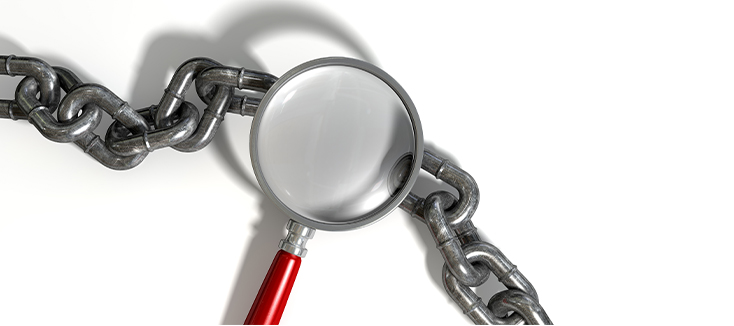While most facilities which reprocess transesophageal echocardiogram ultrasound (TEE) probes know that during an audit, The Joint Commission (TJC) will score them based on the procedure they use to high-level disinfect TEE probes, many do not realize that proper storage is also on TJC’s audit checklist. Once a probe has been properly disinfected, the mode of storage is key to ensuring that the TEE probe stays clean and ready for the next patient.
What does your facility need to do in order to be in compliance with TJC’s standards?
Immediately upon removing a high-level disinfected TEE probe from an automated reprocessor, such as the TEEClean® or the TD 100®, the probe must be thoroughly dried. According to TJC, “Recent articles have indicated that a key component of ensuring that microorganisms do not replicate during storage is careful drying… Surveyors will check for compliance with manufacturers’ instructions for drying scopes.”
When a high-level disinfected TEE probe is not thoroughly dried, the risk of developing biofilm—a nearly impervious barrier formed by bacteria—increases significantly. This puts patients at a greater risk for contracting a costly and potentially fatal healthcare-acquired infection (HAI) from your facility. As a result, it is very important that ultrasound probes are meticulously dried prior to storage, preferably with a single-use cloth, like CS Medical’s QwikDry.
Once the ultrasound probe has been completely dried, it must be stored properly to achieve a passing review by one of TJC’s surveyors. TJC’s High-Level Disinfection (HLD) and Sterilization BoosterPak specifies that semi-critical devices, as defined by the Spaulding Classification, should be hung, “vertically in a clean, well-ventilated and dust-free area.” This is consistent with research done by William Rutala, MS, MPH, PhD., Statewide Program for Infection Control and Epidemiology Director, who states that probes should be, “hung vertically.”
In addition to being hung vertically in a ventilated and dust-free environment, probes should be stored in a way that will minimize the possibility of contamination. For example, The American National Standards Institute says that probes, “should be hung vertically with the distal tip hanging freely,” and that there should be, “Sufficient space between,” probes. TJC states that high-level disinfected devices, “should be stored in a way that prevents contamination. Surveyors will score based on compliance with facility policy or risk assessment unless the manufacturer’s instructions for storage were not followed, or the containers/locations of storage are visibly soiled, or if staff are observed contaminating other high level-disinfected products.”
One great solution for probe storage are ultrasound probe storage cabinets. When looking for cabinets, ensure that they are easy to clean, inside and out, ensuring that probes stored within are not contaminated. Storage cabinets, like CSMedical’s wide range of CleanShield® Probe Storage Solutions, also provide HEPA filtered air to ensure that no dust or airborne contaminants reach disinfected TEE, transvaginal, transrectal, or surface ultrasound probes.
Make sure that your facility is ready for the next time TJC comes to visit. Ensure that probes are properly dried before storage and be sure to store probes by vertically hanging them in a well-ventilated, dust-free environment where they will not touch or be touched by anything until they are ready for use.


